Last week we discussed various reasons for meal planning. This week I’d like to talk about some of the methods for successful meal planning I’ve used over the years to help me put food on the table.
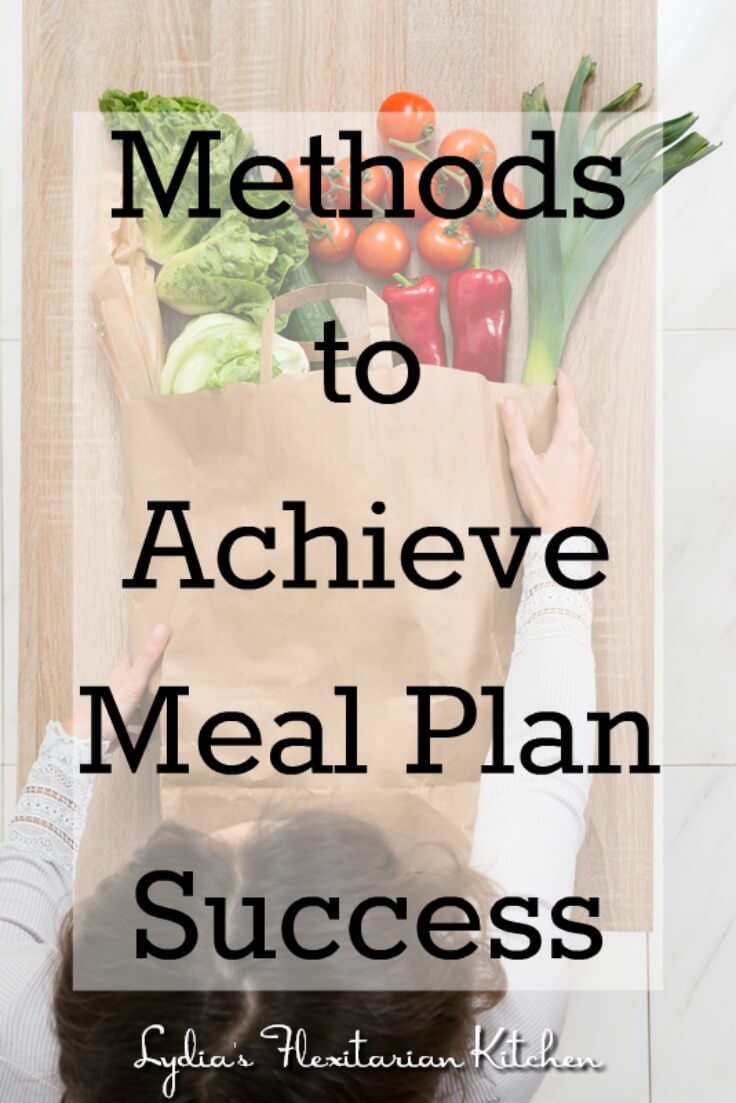
Let’s start with the easiest and work our way to the most involved.
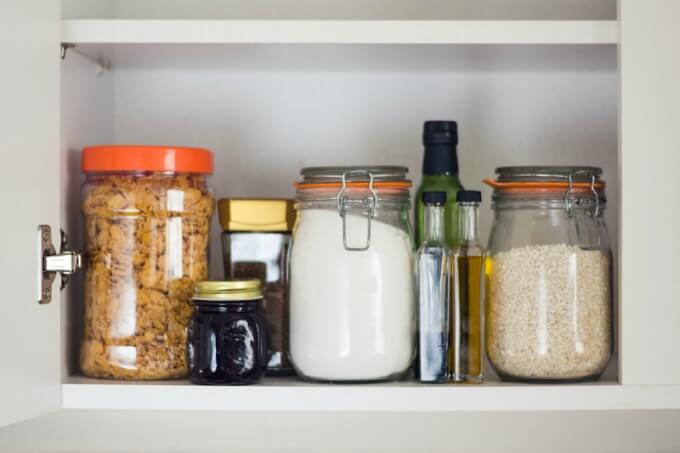
Maintain A Pantry
When you maintain a pantry you will be able to mix and match the food items to make your meal. This works well if you tend to eat simple things like salads, pasta, omelets or steak and fries. For more variety pick four or five meals you and your family likes and make sure to keep the ingredients on hand. For example; tacos. You’ll want taco filling (I’ll use hamburger for this example), taco seasoning, taco fixings and tortillas or taco shells. When you use up items to make tacos add them to your grocery list so you can resupply.
Partial Prep
Let’s suppose you have all the taco fixings on hand, but the last thing you feel like doing is browning some hamburger. Luckily you’re able to reach into the freezer and pull out an already portioned pack of pre seasoned taco meat. All you have to do is thaw it and heat the meat through. While that’s happening you can prepare your taco fixings.
With a partial prep system your fridge and freezer is loaded with ready to use ingredients that can be combined to make a meal. It’s great for taking advantage of bulk sales and cheaper than buying the convenience packs in the store. You could buy a large pack of burger, brown it in bulk, season it however you like and freeze it into meal sized packages. A little prep ahead of time can be a big time saver when it comes time to assemble the meal.
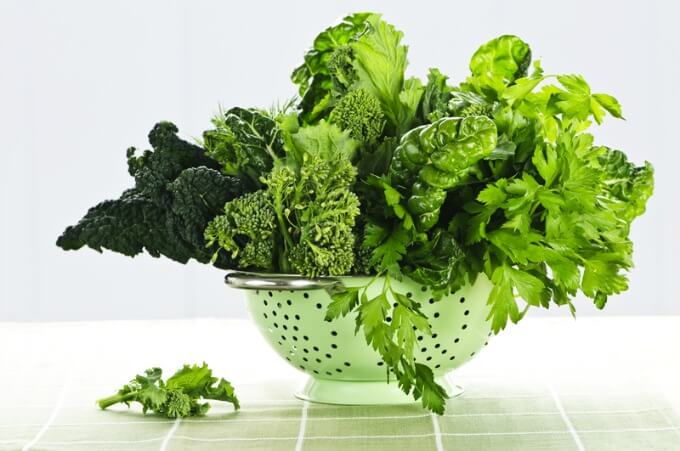
Other things that can be partially prepared include:
- soup mixes (frozen bags of onions, garlic, carrots and celery that have been partially cooked and ready to add to broth)
- plain chopped onions
- caramelized onions
- pre cooked bacon
- hard cooked eggs
- washed salad greens
- pre cooked grains and beans
- roasted vegetables
- chopped fruits to add to yogurt or oatmeal.
I tend to do this in batches. For example, a typical batch cooking session will yield roasted vegetables, pre cooked bacon, hard boiled eggs and some chopped veggies to use in stir fries and salads. While the oven is preheating, I’ll cook a tray of bacon and chop the veggies I want to roast. Then, while the vegetables are roasting, I’ll hard boil some eggs and prep the salad veggies.
Planned Leftovers
This is sometimes called Cook Once, Eat Twice and it’s where you can get creative. The obvious example is the rubber chicken where you have some of the meat on Sunday, make chicken salad out of the rest of the meat for lunch, then make soup out of the carcass. Another example would be to make a batch of garbanzos, eat a bowl for dinner, save some to toss on salads and use the rest to make hummus.
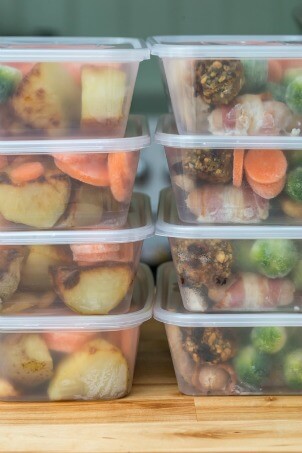
Full Prep
Full prep is when you prepare a full week’s meals at one time and store them in the fridge until needed. You’ve probably seen plans on Pinterest or in your Instagram feed. It can be as simple as assembling a set of grab and go breakfasts or it can be very elaborate with every meal prepared in advance. This is useful for people who are advocates of certain eating styles (keto and paleo are examples), have food allergies, or those who just want to avoid food prepared outside the home. It can be a budget friendly practice, especially when you buy in bulk and don’t mind eating the same meal several times. However, there is an upfront cost due to having to purchase storage containers.
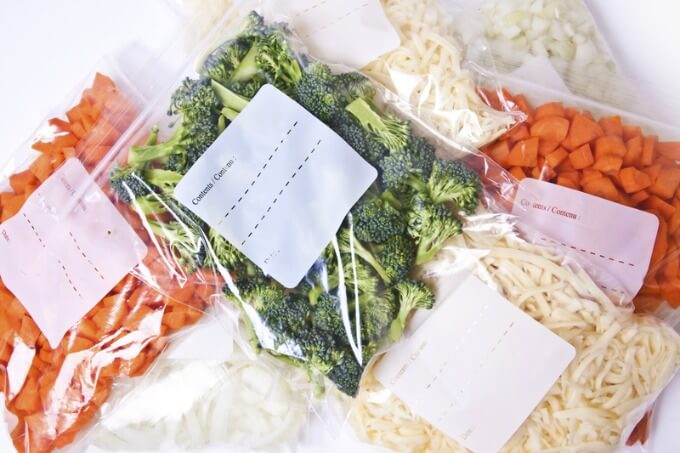
Feed the Freezer
Building on the idea of meal prep is feeding the freezer. The simplest form is something like the bags of already browned burger mentioned above. You could also take advantage of seasonal items like certain fruits and vegetables by freezing them to extend the season (you could consider water or pressure canning as a non freezer variation.) A step above that would be preparing “dump bags” loaded with meat and veggies ready to pop into the slow cooker.
The most elaborate is sometimes called Once a Month Cooking in which four weeks of meals are prepared over a day or two and stored in the freezer. It can be worth the effort, especially for people with large freezers and busy weekday schedules. I’ve done it several times and it’s both exhausting and very, very satisfying! When you work with a friend it’s a lot more fun. And as long as you’re willing to eat what you have in the freezer you can save effort and money in the long run.
Somewhere between the two is what I call double cooking. It works especially well for casseroles and pasta dishes as well as things like pancakes and waffles. You just double the recipe and freeze the extra. While more prep may be needed there’s not a lot more effort involved in assembling and cooking. Double cooking is a good way for a single person or small family to feed the freezer.
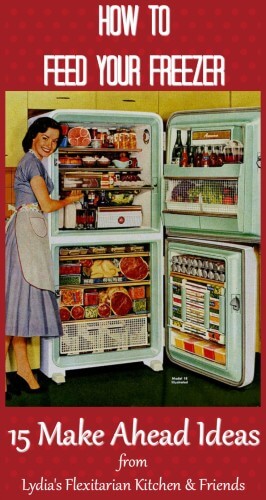
This post has some great ideas to get you started with feeding your freezer. Click the image to read more!
Since I moved out of my parent’s home after college I’ve used all of these methods at some point in my life, some of them at the same time. As a retired couple with a European sized refrigerator and a freezer that has to be defrosted manually, we don’t do much freezer or bulk cooking anymore. My prep tends to be batch cooking sessions so I can throw together an easy salad or stir fry later on.
Choosing the best method really depends on your situation. How many people are you feeding? How much storage and freezer space do you have? Are there any dietary considerations? I hope this post has started you thinking about other possibilities for your successful meal planning.
In the next post we’re going to talk about how to manage your food inventory to minimize food waste and maximize savings.
Photo credits:
© Andrey Popov Dreamstime.com
© Miroslav Pesek Dreamstime.com
© Elena Elisseeva Dreamstime.com
© Caymia Dreamstime.com
© Tinarayna Dreamstime.com

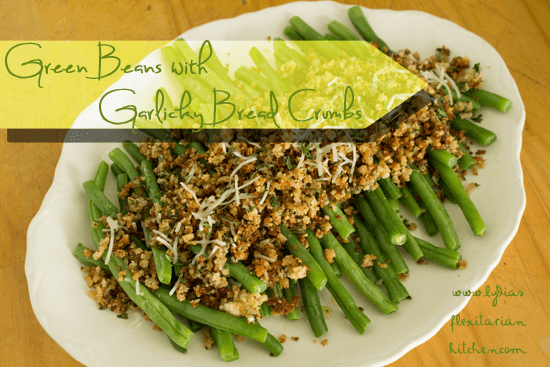
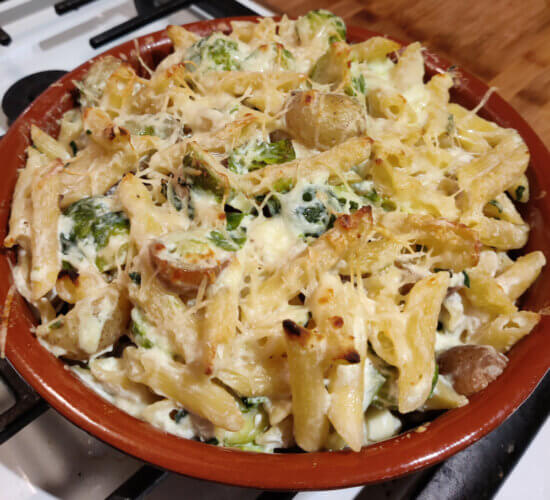
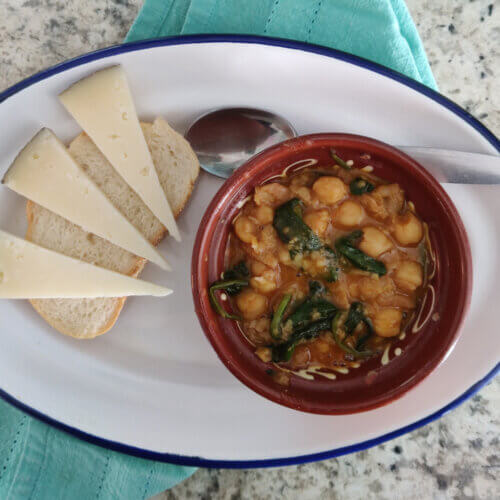
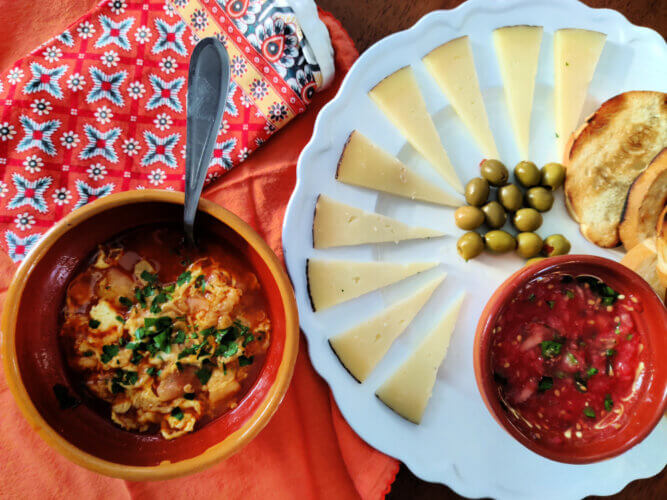
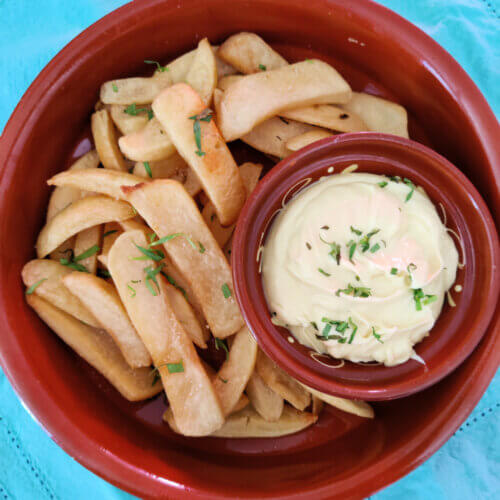
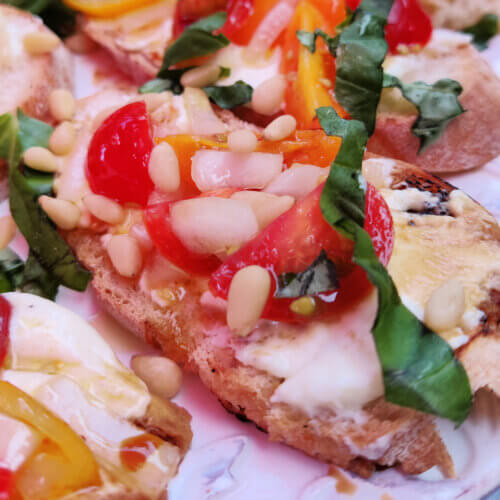
Leave a Reply